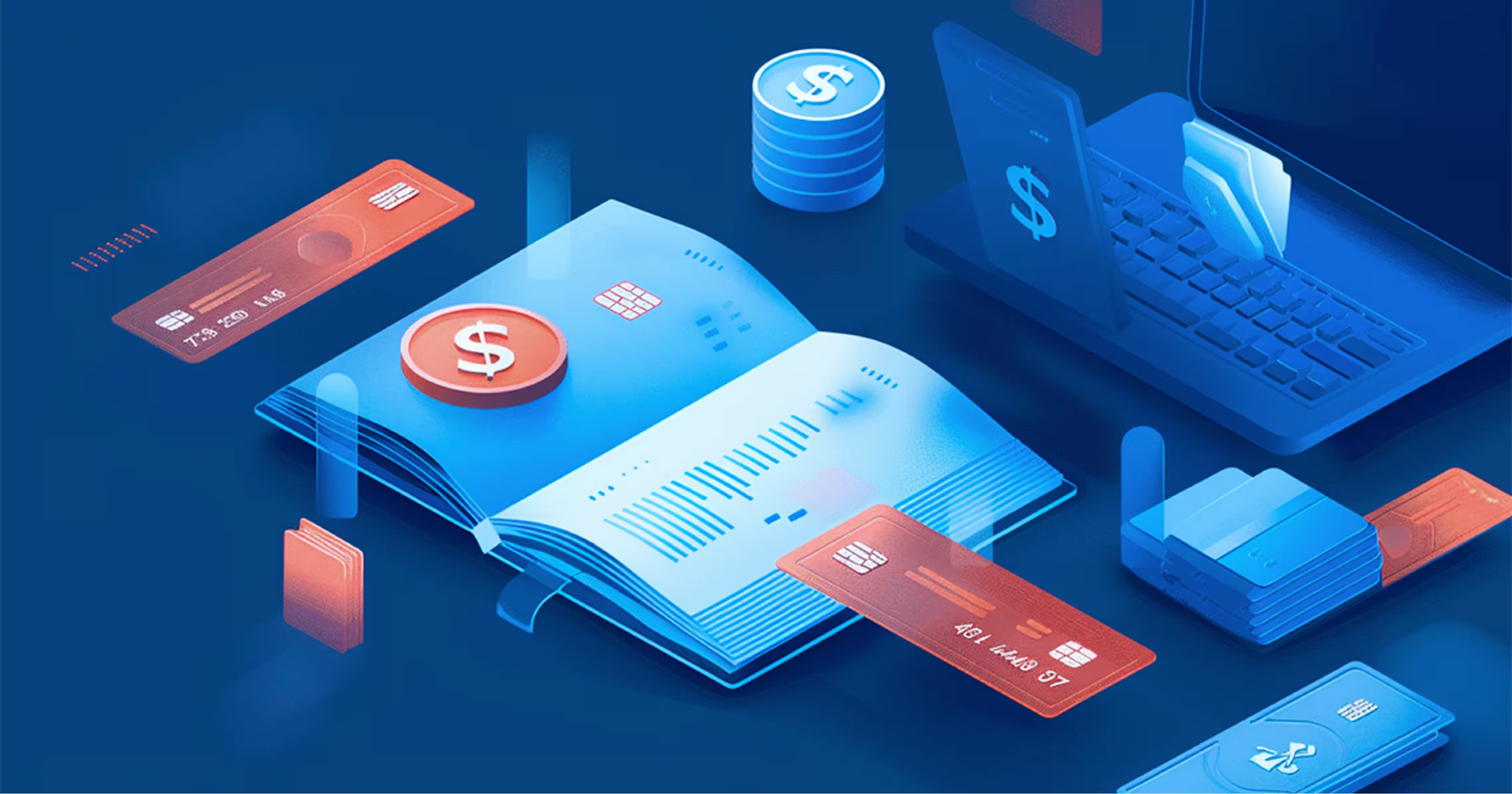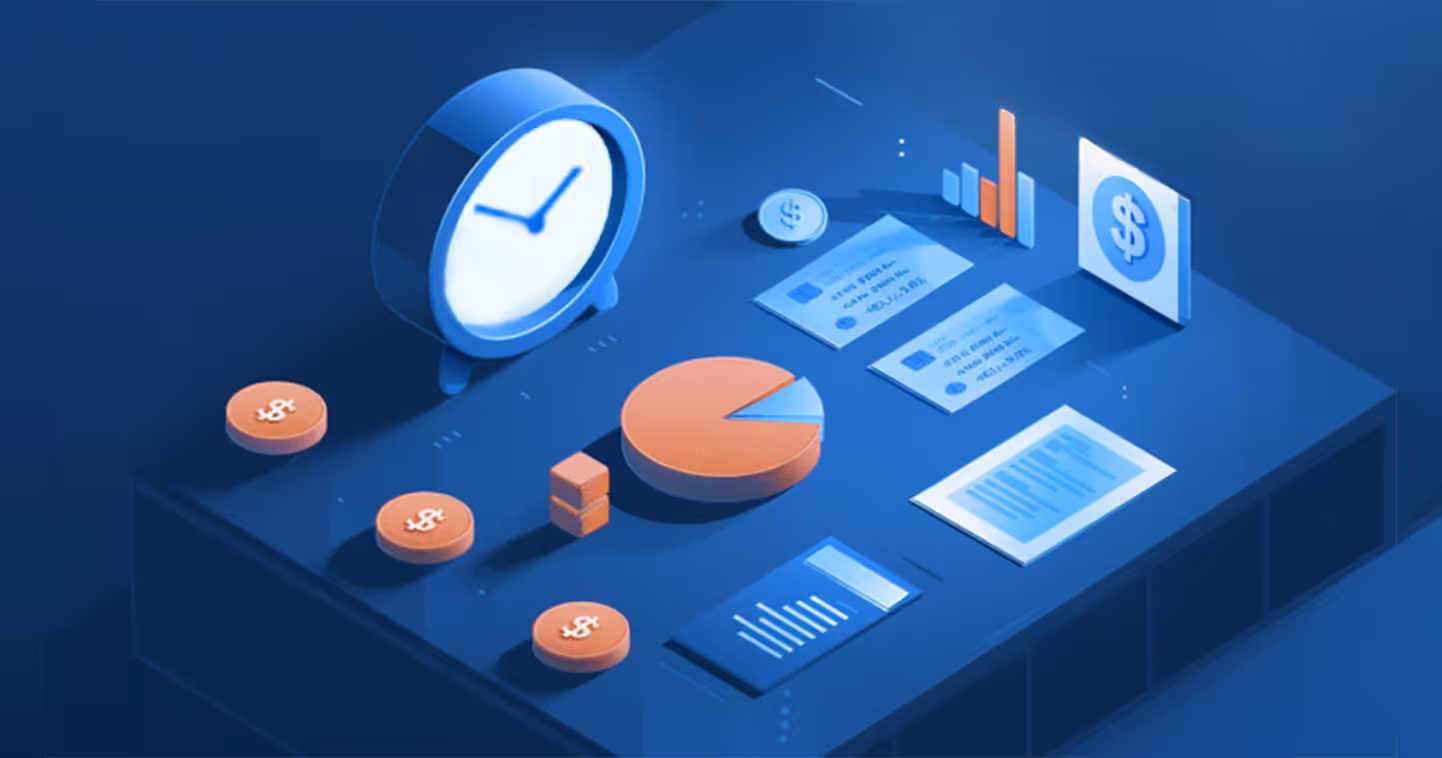A Guide to Churn Management in Recurring Payment Models
.webp)
In the ever-evolving world of the subscription economy, most SaaS growth stories are hiding a silent menace: customer churn. The excitement of seeing new signups can quickly turn to disappointment as customers start to silently drop off. You can chalk it off to a failed transaction, an expired card, or just fading engagement. This invisible erosion goes by the name of customer churn and is responsible for disrupting predictable recurring payments and weakening revenue stability.
Why is churn the silent threat to recurring revenue?
For CFOs and RevOps leaders, it isn’t just lost income; it’s a host of other problems:
- Distorted forecasts
- Altered working capital cycles
- Inflated acquisition costs
- Reduced investor confidence
Effective churn management enables subscription-based businesses to maintain stable growth by minimizing customer churn and maximizing recurring revenue retention.
The three essential pillars of modern churn management are:
- Proactive Retention: To consistently keep your customers engaged before they lapse.
- Payment Optimization: To make the entire billing process a breeze and eliminate friction.
- Data-driven Insight: To act on churn signals before they can escalate.
What is churn management?
Churn rate = customers lost divided by the customers at the start.
For example, take a SaaS company selling CRM software that begins a month with 10,000 subscribers, and during the course of that month gains 25 subscribers, but also loses 150 subscribers. The churn rate for the month is 1.25%, calculated as follows:
Net Customers Lost in the month = 150 - 25 = 125
Net Churn Rate = 125 / 10000 = 0.125 ~ 1.25%
In terms of impact on actual recurring revenue, here’s how the impact would look.
Let’s say each subscription is an average of $100/month. That means the initial Monthly Recurring Revenue (MRR) is:
Initial MRR = 10,000 × $100 = $1 million
Projected ARR here would be $12 million
Revenue lost in the month = 150 × $100 = $15,000
Assuming the same trend continues for the entire year, it will compound at the rate 1.25% and the company will have only 8,607 subscribers left.
Customer base = 10,000 * (1−0.0125)12 = 10,000 * 0.8607 = 8,607
That means the MRR = 8,607 * $100 = $8,60,700
And the ARR now drops down to around $10.32 million ($8.6 million * 12)
That’s an annual churn rate of ~14%
How much churn is too much churn?
Benchmark data from a 2025 report indicates that some of the top B2B SaaS companies are maintaining an annual churn below 5%, while typical performers are hovering between 5-7%.
From a valuation lens, churn directly affects a SaaS company’s net revenue retention (NRR), a key metric investors use to assess recurring revenue quality. While SaaS companies with a churn rate of more than 10% reported a 40% drop in valuation, a report mapped typical valuation multiples to ARR based on the company stage.
Can you assess what is causing this churn?
What really causes involuntary churn?
- Payment retries that miss the moment: Many times, the retry happens at the wrong time or might stop too soon.
- Outdated or generic dunning: Robotic payment failure emails usually go out after a customer's access is lost, forcing re-login friction.
- Expired cards and missing account updater flows: These are noticed only after renewal payment fails.
- Gateway and issuer mismatch: A single payment gateway will never be able to handle all cards equally, resulting in high failure rates and legitimate transactions blocked by overly strict fraud filters.
- Visibility gaps: Every team sees a different part of the picture and works in silos.
At this point, preventing involuntary churn becomes less about effort and more about having the right intelligence layer across your billing stack. Zenskar directly addresses these silent leaks with features like the configurable dunning flows, which reduce involuntary churn caused by expired cards or gateway mismatches, turning payment recovery from a manual process into a self-correcting system.
What are the churn management strategies that actually work?
1. Implement predictive churn analytics
Predictive analytics identifies customers at high churn risk, enabling preemptive retention actions before cancellations occur. The possibilities are endless if you could witness your revenue curve bend before it actually does.
Some of the most revealing indicators include:
- Engagement decay: A customer's user frequency drops steadily, more often than not a reflection of declining perceived value.
- Financial friction: Failed transactions, inconsistent billing cycles, and unresolved disputes that create frustration.
- Support sentiment: Slow resolutions, repeated issues, and unacknowledged tickets usually translate into a loss of trust.
2. Automate dunning and payment retries
Automated dunning cycles and smart retry logic recover failed payments and substantially reduce involuntary churn.
If predictive analytics is supposed to be your radar, then smart automation is your autopilot. Why? Because it ensures routine payment failures don’t turn into permanent losses.
Here’s where your attention needs to go:
- Retry systems that are intelligent and analyze why a transaction failed, and then time the next attempt accordingly with a higher success rate.
- Card life-cycles because customers’ cards expire and subscriptions quietly drop. Automated card updater services combined with pre-expiry reminders close that gap.
- Refined dunning flow changes the tone of communication to personalized, contextual reminders like “update in one click”.
- Diversify payment pathways to ensure no single point of failure dictates your entire retention rate.
3. Strengthen communication and engagement
Personalized engagement across the customer lifecycle reinforces value perception and decreases voluntary churn tendencies.
The most enduring retention systems focus not on persuasion but on proof. They remind customers, again and again, of the outcomes they’ve achieved. A simple monthly “value summary” that quantifies ROI (“you saved 22 hours this quarter” or “achieved 98% uptime”) can strengthen renewal intent by reframing the product as a partner in success.
How AI elevates churn management?
AI-driven churn management empowers teams with predictive insights, enabling smarter segmentation, targeted retention campaigns, and dynamic payment recovery.
Imagine a system that is continuously learning from your customers' rhythms, is able to spot subtle deviations, and then quietly adjusts before drop-offs even register. Think about it like this: three layers continuously working in harmony.
1. Signal detection
AI is great at catching what humans often overlook. Micro-patterns of users spending less time on high-value features, or clusters of card declines in specific regions, and even shifts in support tone that hint at frustration. These are early tremors before the quake.
2. Risk scoring
Not all churn is equal. For example, take machine learning that ranks accounts by high-risk, high ARR customers that would need human outreach, whereas lower risk customers might just require contextual nudges.
3. Action orchestration
AI creates a consistent loop of predict, act, and learn by retrying failed payments at smarter, more convenient times, routing customers to alternative gateways, or prompting a human officer to take action. When you merge human judgment with machine foresight, churn management now shifts from being a reactive patchwork model to a proactive system.
What are the best practices for building a churn management framework?
1. Integrate billing and CRM data
SaaS leaders are now realizing that data visibility is probably the single most powerful predictor of retention success. By connecting billing and CRM analytics, they are fostering unified visibility into payment patterns and behavioral churn signals.
Take Atlassian, which uses retention dashboards that merge customer engagement, payment reliability, and support interactions, which allow them to intervene before cancellations even come about.
2. Use A/B retention tests
Netflix is a great example of reduced churn by relentlessly running data-driven A/B tests and always tweaking its recommendation algorithms, interface, and messaging so as to reinforce effective strategies and personalize the user experience.
The goal was never perfection, but progress. Every test, whether they failed or not, would feed the feedback loop that kept retention sharp and always self-correcting.
3. Create cross-functional ownership of retention metrics
ZoomInfo has definitely broken the mold and gone beyond the ordinary. By building shared customer health dashboards that have completely unified data from product usage, NPS, and even renewals across their teams. What does this do? Annihilates silos and enables early intervention, because product, success, and sales now share more visibility into the same metric.
4. Redesign incentive models around customer lifetime value
SugarCRM has taken a rather interesting approach by replacing individual sales quotas with blended KPIs that factor in renewal rates and satisfaction scores. They tie bonuses to retention outcomes and encourage collaboration between account managers and customer success. This embeds loyalty into the compensation framework.
5. Institutionalize retention through leadership design
Heineken’s B2B digital division was to create a customer experience like no other. They curated an executive “Customer Experience Board” purely to review churn risks and retention trends monthly. This creates accountability at the leadership level and, therefore, keeps retention part of the strategic planning, not just in operational reviews.
Try Zenskar to power next-generation retention
Zenskar’s intelligence engine combines real-time analytics with Zen AI execution. The platform continuously reads payment signals, usage behavior, and customer activity to surface churn risk, then automatically initiates the right action, from retries to re-engagement messaging.
Proactively monitor early churn signals
With Zenskar, you will have access to tools that allow you to track usage patterns, payment behaviour, and customer activity proactively, so you are able to detect attrition before it even happens. When you are equipped with automated alerts that prompt timely engagement strategies, you are enabling your teams to reactivate users and sustain revenue.
Segment and prioritize at-risk customers
It’s important to look at every aspect of a customer's experience. If you can group subscribers by their age, their payment methods, and how actively they are engaging, you have insights that can make a difference. That’s where Zenskar’s dynamic segmentation process is a massive advantage. Allowing teams to focus on high-risk customers and then personalize their retention strategies to those that matter.
Automate recovery and reduce friction
Zenskar automates revenue recovery behind the scenes. Failed payments are retried through the best-performing gateway, card details are refreshed when available, and customers receive personalized prompts, all without human intervention. Self-serve pause-and-resume options add flexibility, reducing involuntary churn and boosting satisfaction.
When you combine predictive analytics with intelligent automation, Zenskar turns churn management into a weapon, a strategic retention engine. Why is this important? Because this will strengthen your revenue predictability, forecasting accuracy, and, in the end, ensure that all your customer interactions drive long-term revenue.
Book a demo or explore Zenskar’s Analytics and Zen AI capabilities to see how predictive insights, automated recovery, and unified revenue views can turn churn prevention into a revenue-protecting engine.
Frequently asked questions
Churn management is the practice of identifying, predicting, and reducing customer churn across subscription lifecycles so as to preserve long-term revenue stability and forecast accuracy.
You just need to divide the net number of customers lost in a period by the total at the start. Always keep in mind to segment voluntary and involuntary churn separately for actionability.
Some effective methods that have worked are automated retries, card updater services, and frictionless payment recovery workflows to retain customers who are genuinely interested in staying.
AI can do wonders by enabling early risk detection, dynamic segmentation, and automated recovery, all of which help teams focus on high-impact saves while reducing manual effort.
Yes, payment automation is indeed very important for reducing churn. Why? Because it is essential when eliminating friction, for improving recovery, and strengthening retention measurement.






















